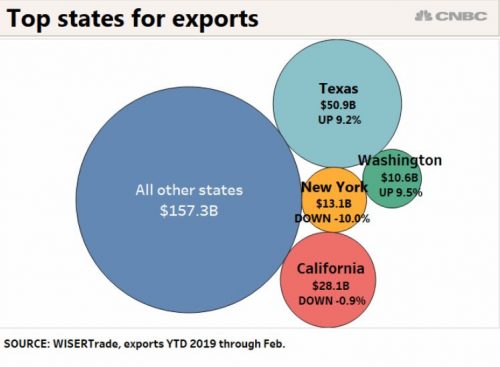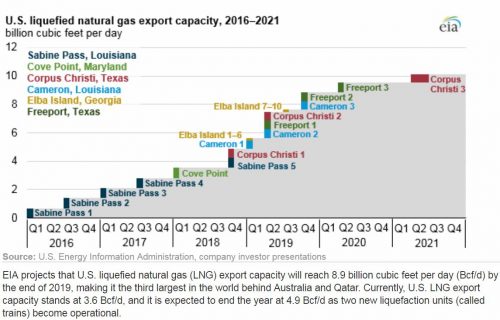… in his 1950 story, The Man Who Sold the Moon. Given the upcoming anniversary of the actual first moon landing, I thought it would be fun to go back and take a look at this fictional version of the first trip.
In Heinlein’s story, the first manned lunar landing is not government-driven. Rather, it is the achievement of entrepreneur/industrialist Delos D Harriman, known to his friends and associates as ‘D.D.” Having long dreamed of going to the moon, he finally decides that the time is right.
Harriman-known as “our bad boy” to his fellow Directors of the power cartel–finds his colleagues reluctant to invest in a venture whose costs are so high and whose returns are uncertain. Even his long-time partner, George Strong, fails to see either financial return or emotional appeal in the effort:
George, isn’t there anything in your soul but discounts and dividends? Didn’t you ever sit with a girl on a soft summer night and stare up at the Moon and wonder what was there?
Yeah, I did once. I caught a cold.
Nevertheless, Strong supports the project out of loyalty, and some tycoons support it because supersalesman Harriman is able to convince them that there is money for them in the project–or loss, if they decline to participate. Much of the story is devoted to Harriman’s strategies for fund-raising, some of which skirt–or go over–the lines of legality and ethics. He implies to the Moka-Coka company, for example, that another soft drink maker plans to turn the Moon into a massive billboard (using a rocket to scatter black dust on the surface in patterns), and suggests that the public-spirited Moka company might like to invest in the project to preclude such use of the moon by their rival.
As an old real-estate operator, Harriman is very focused on the question: who owns the moon?…he argues that the question is indeed meaningful, based on real-estate doctrine that a property owner owns a wedge going down to the center of the earth and extending up to infinity. He doesn’t want lunar ownership vested in any country, even the US, because he thinks it would result in world war (given the moon’s value as a rocket-bomb base), and he does want it vested in his operation, for reasons of profitability as well as protection from bad uses. His legal maneuvering, involving the UN as well as all countries over which the path of the moon passes–and a mix of non-profit, for-profit, and anonymous corporations–is intricately described.
For the technology of the moon trip, Harriman had hoped to use a nuclear fuel which has been applied to power generation, but it proves too unstable for use in a rocket–so well-known chemical rocket technology must be employed instead (rockets are commonly used for long-distance transportation in the era where this story is set). On the advice of Harriman’s chief engineer, Andrew Ferguson, the most technically-qualified man in rocketry, Bob Coster, is hired to run the project…but he evidently lacks sufficient management experience and is soon overwhelmed. Harriman tries to help him out:
“Top administration ain’t engineering, and maybe I can show you a few tricks there, if you’ll let me….Top bossing is like sex; until you’ve had it, you don’t know about it.” Harriman had the mental reservation that if the boy would not take advice, he would suddenly be out of a job, whether Ferguson liked it or not.
Although the story does deal with the technical aspects of the moon trip, that is not its primary focus…it is really a “business romance”, as Colby Cosh called it. “The Man Who Sold The Moon” emphasizes the financial difficulties, deals, the marketing, and the interpersonal stresses involved in the project–even Harriman’s wife is strongly opposed to his pursuit of his dream. There are endless angles for the raising of money developed by Harriman and his friends, even soliciting contributions from children.
The “man who sold the moon” tag becomes literal when, inspired by stories of the Florida land boom–“sometimes a parcel would change hands a dozen time before anyone got around to finding out that the stuff was ten-foot deep in water”–Harriman suggests selling lots on the moon itself:
“We can offer bargains better than that–an acre, a guaranteed dry acre, for maybe ten dollars–or a thousand acres at a dollar an acre. Who’s going to turn down a bargain like that? Particularly after the rumor gets around that the Moon is believed to be loaded with uranium?”
“Is it?”
“How should I know? When the boom sags a little we will announce the selected location of Luna City–and it will just happen to work out that the land around the site is still available for sale. Don’t worry, Saul, if it’s real estate, George and I can sell it. Why, down in the Ozarks, wheter the land stands on edge, we used to sell both sides of the same acre.”
Comparisons between Harriman and Elon Musk come readily to mind–see the Colby Cosh article–though I don’t think Musk has been credibly accused of anything as far over the line as several of Harriman’s maneuvers. It has also been suggested that Harriman’s name, and some aspects of his character, are owed to the railroad builder Edward Henry Harriman.
I don’t think the date of the first lunar landing is mentioned in the story itself, but it has been placed–based on Heinlein’s future history timeline and on other stories–in 1978. So real life beat out science fiction, at least from a date standpoint, by nine years.
Could it have really happened that way–the first moon trip not via a gigantic government/corporate program piggybacking off of military missile technology, but rather by a private/corporate venture? Given the vast amounts of money spent on the Apollo program and its predecessors–certainly much more than the fictional Harriman and his tycoon friends could have raised–it may seem impossible. But would it really have been?


